Ryan Niño Dizon
.NET Microservices in Azure Container Apps
#1about 4 minutes
Understanding serverless computing and its cost benefits
Serverless computing abstracts away infrastructure, enables automatic scaling, and offers a pay-per-execution cost model which is more efficient than traditional computing.
#2about 2 minutes
Introducing Azure Container Apps as a Kubernetes abstraction
Azure Container Apps simplify container deployment by abstracting Kubernetes complexity, though this comes with some limitations for complex scenarios.
#3about 1 minute
Exploring common use cases for Azure Container Apps
Azure Container Apps are suitable for building microservices, web apps, event-driven processing, and background processing tasks.
#4about 4 minutes
Understanding the high-level architecture and components
Container apps live within an environment, share a virtual network, and are composed of revisions, replicas, and containers, which can use sidecar patterns like Dapr.
#5about 3 minutes
Deploying container apps with Azure CLI and AZD
You can deploy container apps from an existing image, local source code, or a GitHub repository using either the standard Azure CLI or the simpler Azure Developer CLI (AZD).
#6about 6 minutes
Demo of deploying a simple .NET app using AZD
A step-by-step demonstration shows how to initialize and deploy a .NET weather forecast API to Azure Container Apps using the `azd init` and `azd up` commands.
#7about 5 minutes
Managing frontend and backend microservices communication
This demo showcases a Blazor frontend communicating with a .NET backend API, explaining how to manage ingress and public endpoints for different services.
#8about 6 minutes
Implementing service-to-service invocation using Dapr
A demonstration of two microservices communicating via Dapr's service-to-service invocation, showing how messages are passed and how the system behaves when one service is stopped.
#9about 3 minutes
A summary of the Azure Developer CLI workflow
The Azure Developer CLI (AZD) simplifies deployment by generating an Aspire manifest, provisioning resources, and deploying the application with a single command.
Related jobs
Jobs that call for the skills explored in this talk.
Matching moments
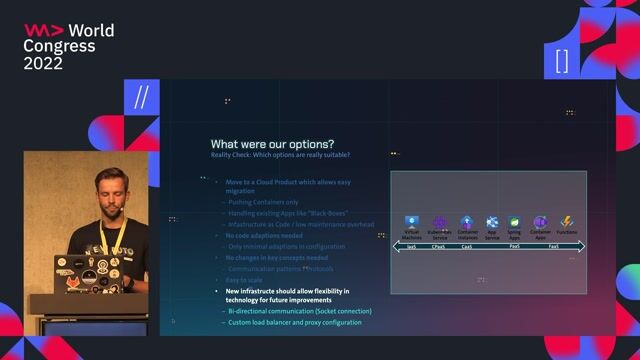
29:50 MIN
Understanding the features of Azure Container Apps
Back(end) to the Future: Embracing the continuous Evolution of Infrastructure and Code
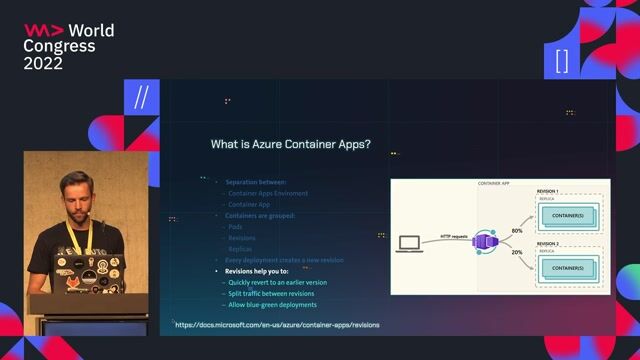
33:01 MIN
Implementing the new architecture on Azure Container Apps
Back(end) to the Future: Embracing the continuous Evolution of Infrastructure and Code
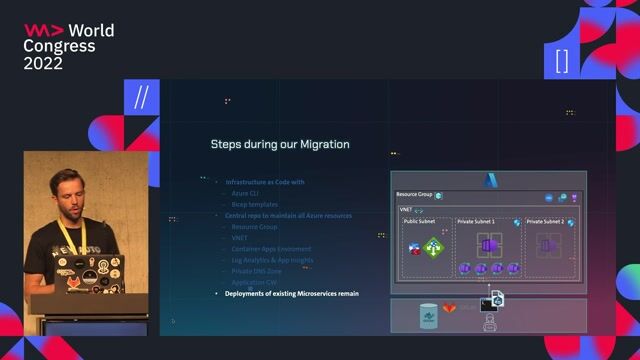
36:01 MIN
Navigating pitfalls during the Azure Container Apps migration
Back(end) to the Future: Embracing the continuous Evolution of Infrastructure and Code

15:05 MIN
Exploring different ways to host the Dapr runtime
Developing ASP.NET Core Microservices with Dapr: A practical guide
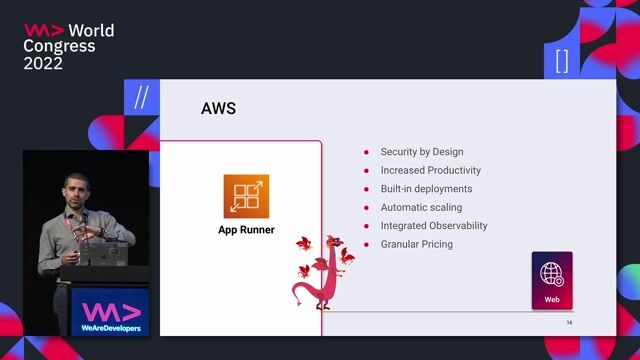
12:38 MIN
A guide to running containers on Microsoft Azure
Containers in the cloud - State of the Art in 2022

00:12 MIN
The importance of specialized developer tools for Azure
Developer Tools for Microsoft Azure

24:05 MIN
Evaluating Azure compute options for a new platform
Back(end) to the Future: Embracing the continuous Evolution of Infrastructure and Code
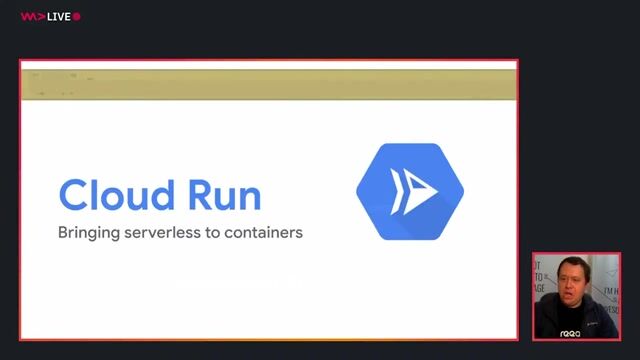
05:19 MIN
Bringing the benefits of serverless to containerized applications
Cloud Run- the rise of serverless and containerization
Featured Partners
Related Videos
 29:17
29:17Developing ASP.NET Core Microservices with Dapr: A practical guide
Marc Müller
 20:15
20:15Blazor and Azure functions for Serverless Website
Menaka Baskerpillai
 27:55
27:55This Is Not Your Father's .NET
Don Schenck
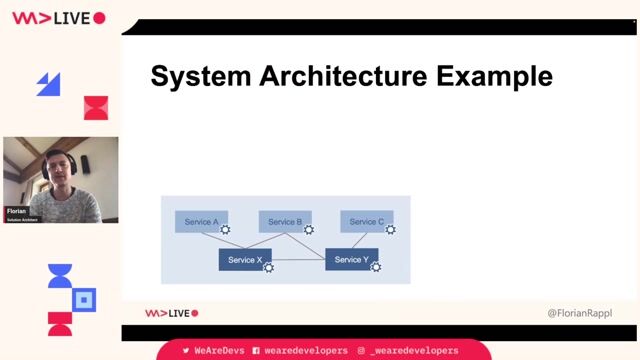 58:32
58:32Microfrontends with Blazor: Welcome to the Party!
Florian Rappl
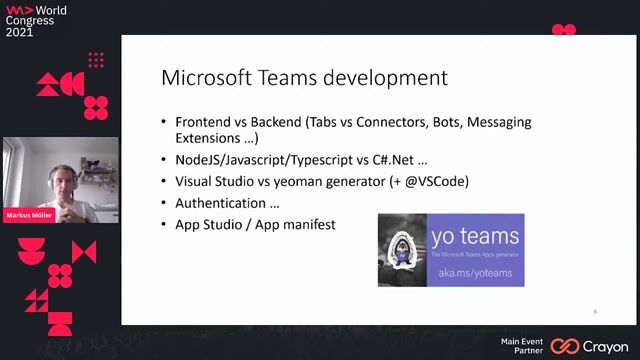 43:26
43:26Develop enterprise-ready applications for Microsoft Teams with Azure resources on modern web technologies
Markus Möller
 59:03
59:03Multiple Ships to the Island - Micro Frontends & Island Architectures
Florian Rappl
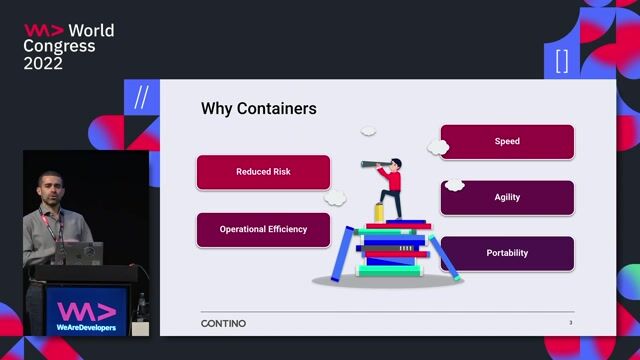 28:03
28:03Containers in the cloud - State of the Art in 2022
Federico Fregosi
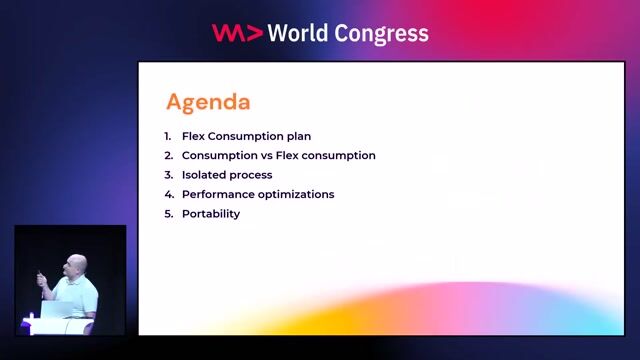 29:05
29:05In-depth .NET Azure Functions: Flex plan, Isolated mode and performance
Stanislav Lebedenko
From learning to earning
Jobs that call for the skills explored in this talk.






C# Developer - Fokus Azure DevOps Gestalten Sie unsere digitale Zukunft!
Kern & Partner Personalmanagement GmbH - Personalberatung
Remote
€47-60K
JSON
Azure
NoSQL
+2


